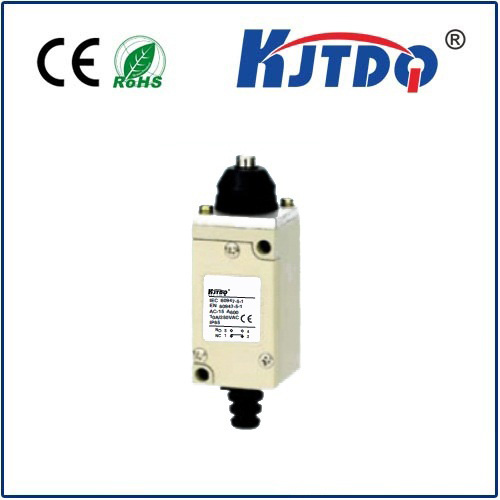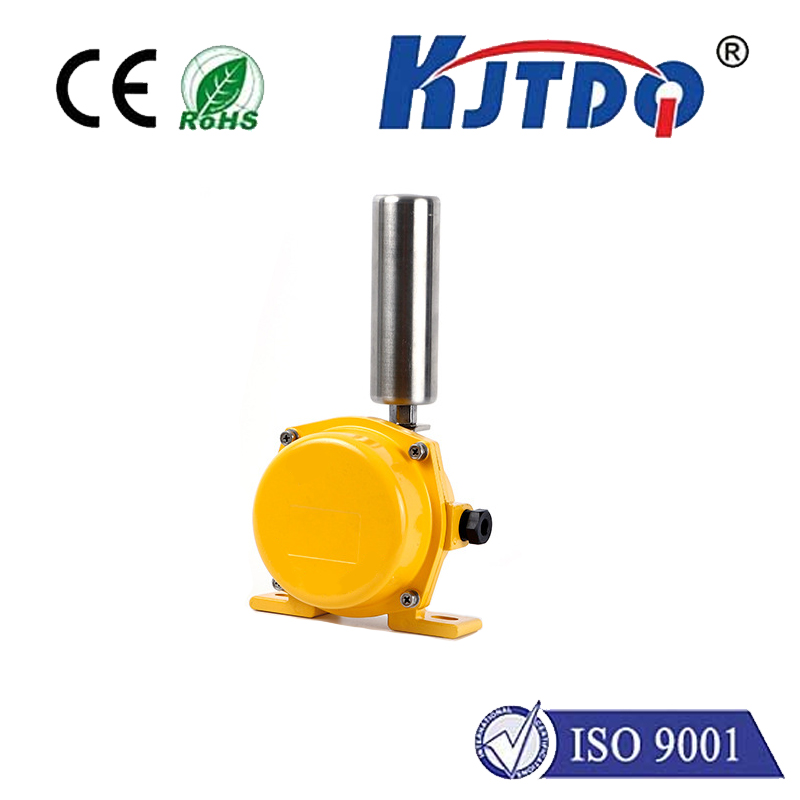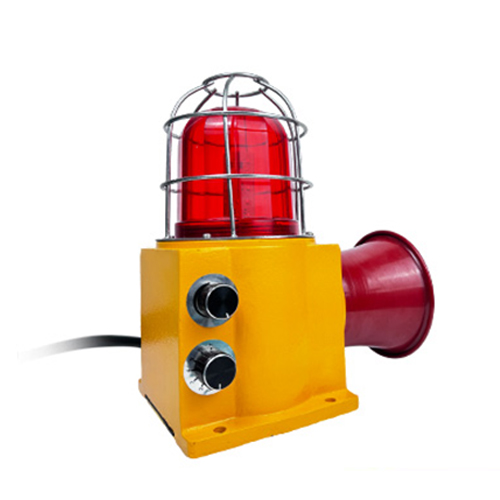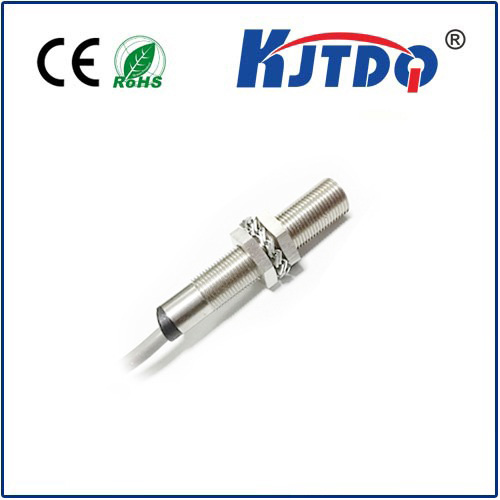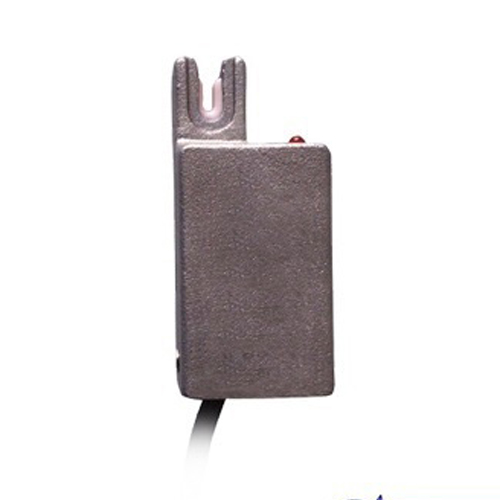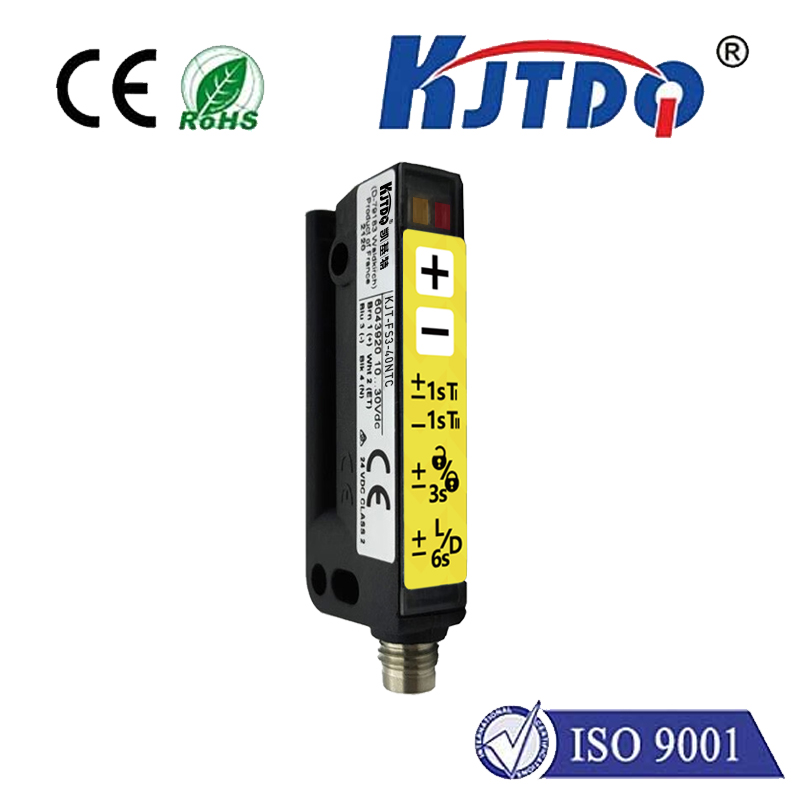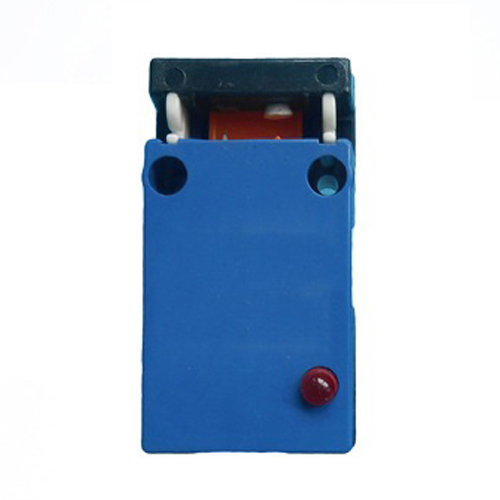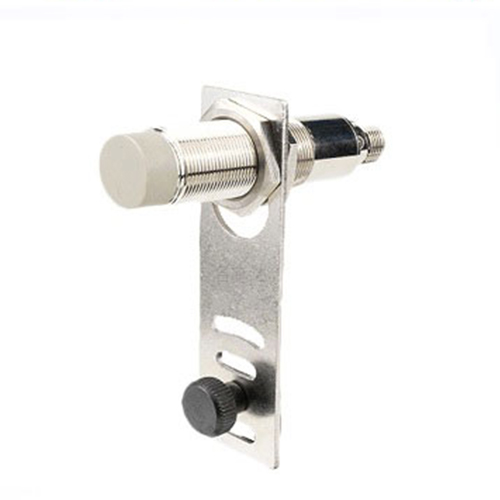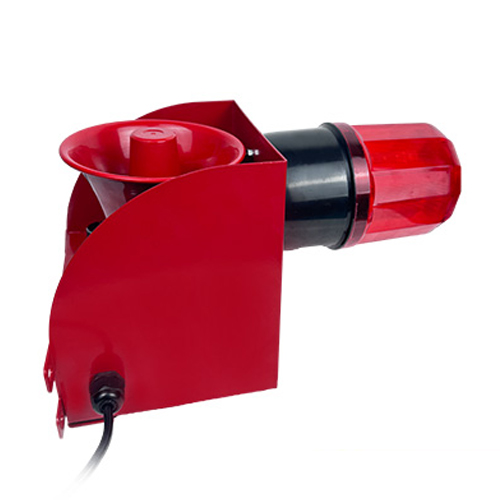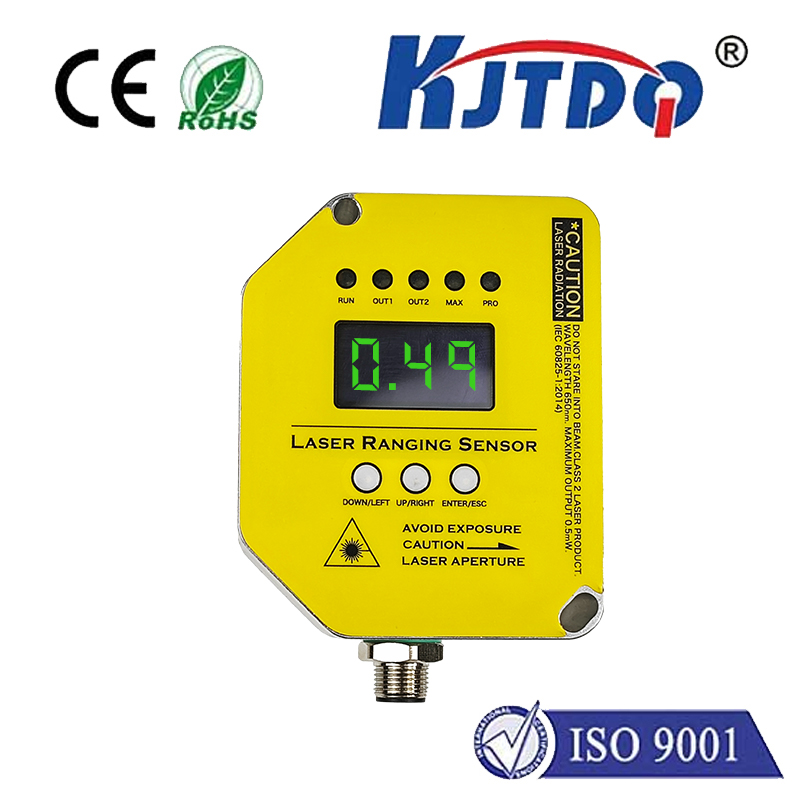BES01K1 proximity sensor
- time:2025-10-16 12:06:29
- Click:0
The Indispensable BES01K1 Proximity Sensor: Precision Detection in Demanding Environments
In the intricate dance of modern automation and machinery, detecting the presence or position of objects reliably is fundamental. From ensuring robot arms grip components accurately to confirming a safety guard is closed, sensors are the unsung heroes enabling seamless, safe, and efficient operations. Among these critical components, the BES01K1 inductive proximity sensor stands out as a robust and widely trusted solution for detecting metallic objects, proving its worth across countless industrial applications. Its blend of durability, precision, and straightforward integration makes it a cornerstone of detection tasks.
Understanding the BES01K1: The Inductive Principle
At its core, the BES01K1 proximity sensor operates on the principle of electromagnetic induction. It contains an internal coil oscillator that generates a high-frequency electromagnetic field emanating from its active sensing face. When a ferrous (iron-based) or non-ferrous (like aluminum, brass, copper) metal object enters this field, eddy currents are induced on the surface of the metal. These eddy currents absorb energy from the oscillator.
This energy absorption causes a measurable change within the sensor’s circuitry – typically a drop in oscillation amplitude. Sophisticated electronics within the BES01K1 detect this specific change, triggering a solid-state output switch (usually PNP normally open configuration). Crucially, this switching happens without any physical contact between the sensor and the target object. This non-contact detection is key to its longevity and reliability, eliminating wear and tear caused by mechanical switches.

Key Features and Specifications: Built for Industry
The BES01K1 isn’t just another sensor; its design choices reflect the harsh realities of industrial settings:
- Robust Housing: Typically housed in a rugged cylindrical stainless steel body (e.g., M8 or M12 threaded barrel), it offers excellent resistance to impacts, vibration, and corrosion.
- Sealed Against Contaminants: Boasting a high IP67 (or often IP68) ingress protection rating, the BES01K1 proximity sensor is effectively sealed against dust ingress and can withstand immersion in water up to specified depths and durations. This makes it ideal for washdown environments, outdoor use, or areas prone to coolant/oil splash.
- Reliable Sensing Performance: Offers a consistent 2mm nominal sensing range (Sn) for steel targets. Remember, the effective sensing distance (Sr) can vary slightly depending on the target material’s type, size, and shape. Non-ferrous metals typically have a reduced sensing range compared to ferrous ones.
- Wide Temperature Tolerance: Engineered to operate reliably within a broad ambient temperature range, often -25°C to +70°C, ensuring performance in refrigerated warehouses or near heat-generating machinery.
- Electrical Characteristics: Commonly features a 10-30V DC operating voltage and provides a PNP (sourcing) output, making it compatible with the vast majority of Programmable Logic Controllers (PLCs) and industrial control systems. Its switching current (e.g., < 200mA) is suitable for directly controlling small loads or signaling controller inputs.
- LED Status Indicator: Incorporates a visible LED that illuminates when the output is active, providing invaluable visual confirmation for setup and troubleshooting.
Where the BES01K1 Proximity Sensor Excels: Diverse Applications
The combination of robustness, non-contact operation, and metal detection capability positions the BES01K1 as a versatile solution in numerous sectors:
- Factory Automation & Robotics: Detecting the presence/position of parts on conveyors, verifying tool changes in machining centers, confirming end-of-arm tooling positions, counting metallic parts. Its reliability is critical for maintaining high uptime.
- Packaging Machinery: Monitoring fill levels in metallic containers, detecting caps or lids on metal bottles/cans, confirming the presence of metalized packaging materials, indexing position.
- Material Handling & Conveying: Detecting pallets, racks, or metal rollers, verifying the position of lifts and gates, confirming the presence of metal totes or carts.
- Automotive Manufacturing: Countless uses on assembly lines, including verifying engine block positioning, detecting pistons or gears, confirming welded frame locations, monitoring robotic weld head position.
- Machine Tools: Providing tool breakage detection (if the tool is metal), confirming chuck/jaw positions, monitoring sliding guard positions for safety interlocks.
- Elevators & Access Control: Detecting the position of elevator cars or doors, confirming door lock engagement (metal components).
Integrating the BES01K1: Practical Considerations
Successfully deploying the BES01K1 proximity sensor involves attention to detail:
- Mounting: Securely mount the sensor using its threaded body. Ensure it’s fixed rigidly to minimize vibration effects. Pay close attention to the required distance between the sensor face and the target (mounting distance).
- Target Size and Material: Verify that the target object is large enough and made of an appropriate metal (ferrous or non-ferrous) to reliably trigger the sensor within its specified range. Small targets or non-metallic objects will not be detected. The sensing range is calibrated for standard steel; adjust expectations for other metals.
- Sensing Range (Sr): Understand that the actual reliable switching distance (Sr) is typically less than the nominal Sn (often around 70-80% of Sn) to account for manufacturing tolerances, temperature variations, voltage fluctuations, and target influences. Never mount the sensor at its maximum nominal distance for critical applications.
- Environment: While robust, avoid mounting directly where high-pressure jets (exceeding IP rating) will hit it, or in extremely high-temperature zones beyond its rating. Consider potential buildup of metallic swarf that could cause false triggering.
- Electrical Connection: Connect the Brown wire (+V, typically 10-30V DC), Blue wire (0V / GND), and Black wire (PNP Output) correctly to your controller or load. Always consult the specific datasheet for the exact model variant. Ensure wiring is secure and protected.
- LED Utilization: Use the integrated LED during commissioning to verify detection and fine-tune positioning. Its visibility during operation provides instant diagnostic feedback.
The BES01K1 inductive proximity sensor exemplifies the fusion of rugged engineering with reliable sensing technology. Its ability to perform contactless detection of metallic objects in challenging industrial environments makes it an indispensable component. From ensuring precision in high-speed assembly lines to guaranteeing safety interlocks, the BES01K1 proximity sensor delivers consistent, dependable performance, forming a critical link in the automation chain. Understanding its principles, strengths, and optimal integration practices empowers engineers and technicians to leverage its full potential for enhanced efficiency and reliability.






